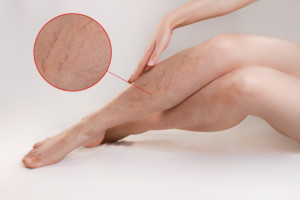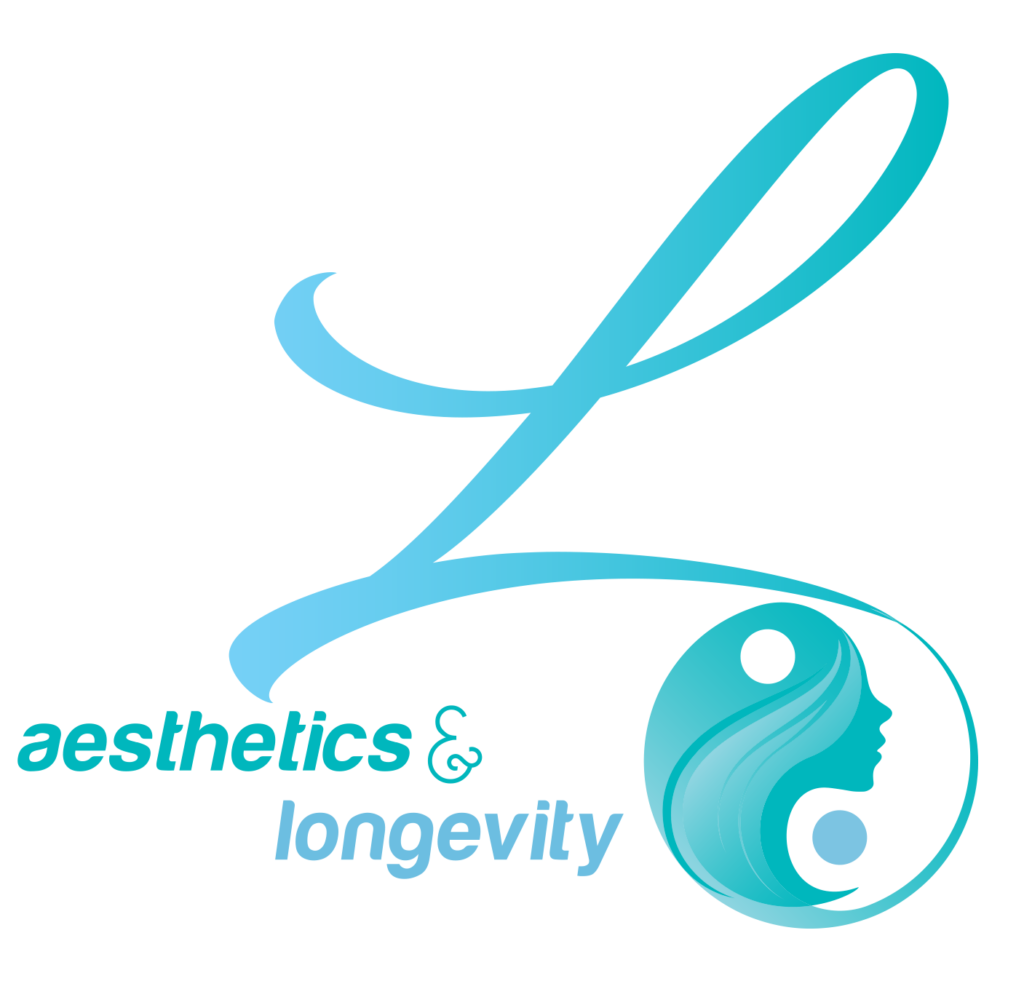By Natalie Ledbetter CRNA, DAcOM
Sclerotherapy has been used for decades. No, it is not an exotic treatment for overcoming issues from childhood. It is a method of treating spider veins and varicose veins. The lymphatic vessels can be treated with sclerotherapy as well.
Sclerotherapy uses a medication or chemical solution that is injected into the veins or lymph vessels. This medication irritates the lining of the vessel causing it to become irritated and swell. The swelling and irritation of the lining causes the vessel walls to stick shut. The vessel then shrinks due to the lack of blood or lymph flow. Over time, the body reabsorbs the vessel. Sclerotherapy typically removes spider veins in about 75 to 90% of cases but often multiple treatments are needed.
Varicose veins are veins that are swollen and bulging. They are usually present in the legs and are due to weak vessel walls and weak valves. Blood pools in the veins causing them to swell. Varicose veins can be lumpy and bumpy and twisted. They may even be painful. Varicose veins may appear flesh colored but they also can look dark purple, deep red, or blue. Occasionally if the varicose veins are close enough to the surface of the skin, they may bleed. 
Spider veins are tiny vessels usually occurring in the legs and the face that are visible through the skin. They are usually purple, blue, or dark red in color. Spider veins are caused by pressure that backs up in the larger vessels leading to dilation or distention of the tiny vessels closer to the surface.
Varicose veins and spider veins can be caused by pregnancy. Other risk factors include a genetic predisposition, being female, older age, being overweight, excess estrogen, sitting or standing for extended periods of time, excessive pressure (such as that caused by coughing, straining, giving birth), and sun damage.
Sclerotherapy by injection is an office procedure and does not require anesthesia. The visit will start with a consultation to make sure that the person desiring treatment is an appropriate candidate. A medical history will be taken, and a list of allergies will be recorded. Once consent is signed for treatment the treatment may begin.
The skin of the area to be treated will be cleaned with an antibacterial soap. A tiny needle is used to inject the sclerosing medication into the vessels to be treated. Once the treatment is complete the client will be instructed to wear compression hose for one to two weeks after treatment to help keep the treated vessels from reopening.
The treatment is slightly uncomfortable, with most people reporting that it feels a little pokey and stings a bit. The risks of sclerotherapy include bruising, discomfort, redness, possible small blisters, blood clots in larger veins that are treated, and allergic reaction.
If you are unhappy with spider veins on your legs or face or small varicose veins, the experienced practitioners at L Aesthetics and Longevity can help. Call any one of our four clinics to schedule a free consultation today and you will love to show off your legs again within a few short weeks!
Follow Natalie on Instagram @ NatalieLovesNeedles and @DrNatalieLedbetter
